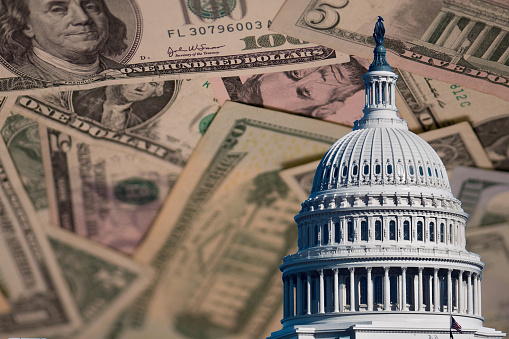Digital Zeitgeist – Central Banks Urged To Take Action As Banking Sector Confidence Plunges
The global banking sector is facing tumultuous times, with investors and analysts calling for coordinated interventions from central banks to restore financial stability.
The recent collapse of two U.S. lenders and the Swiss-government-orchestrated takeover of troubled Credit Suisse have further triggered jittery markets. Deutsche Bank’s shares have plummeted as well, with investors concerned that central banks and regulators have not yet been able to contain the most significant shock to the banking sector since the 2008 global financial crisis.
The Federal Reserve and the European Central Bank (ECB) have both taken measures to enhance liquidity through the standing U.S. dollar swap line arrangements. At the same time, however, the two central banks have kept raising rates to fight stubbornly high price pressure. According to Erik Nielsen, group chief economics advisor at UniCredit in London, central banks should not separate monetary policy from financial stability in a period of heightened fears. He suggested that major central banks should make a joint statement that any further rate hike is off the table until stability is restored in financial markets. He believes that such a statement within the next few days would be necessary to prevent a prolonged crisis.
Money markets in the U.S. currently expect the Fed to pause on raising rates. Fed funds futures traders have priced in a 20% chance that the Fed will increase rates by an additional 25 basis points in May, with an 80% probability that the rate will remain unchanged at 4.75% to 5.0%. They also anticipate the Fed cutting rates to 3.94% by December. Others, however, are optimistic that regulators will be able to maintain financial stability while continuing to fight inflation.
The BlackRock Investment Institute said in a note last week that they see central banks using balance sheets and other tools to ensure financial stability while keeping monetary policy focused on reining in inflation.
Though few investors believe this year’s events will replicate the systemic crisis in 2008, they are still wary of another possible bank run if people think U.S. or European regulators will not protect deposits. In response, U.S. regulators have stated that the banking system remains ‘sound and resilient’. Treasury Secretary Janet Yellen has also announced her readiness to take similar actions as those in the Silicon Valley and Signature Bank failures to safeguard uninsured bank deposits should any further failures occur.
Data from the Fed on Friday showed deposits at small U.S. banks dropped by a record amount after the Silicon Valley Bank collapse. Overall deposits in the banking sector have decreased by almost $600 billion since the Fed began to raise interest rates last year, the biggest banking sector deposit outflow on record, according to Torsten Slok, chief economist at Apollo Global Management. He added that the near-term risks to banks, combined with uncertainty about deposit outflows, bank funding costs, asset price turbulence, and regulatory issues, all point towards tighter lending conditions and slower bank credit growth over the coming quarters.
The outcome of this situation remains uncertain. At the moment, investors are hoping that central banks will intervene to bolster confidence in the system and protect depositor trust. If successful, the coordinated action of major central banks could be enough to prevent a widespread financial crisis.
online sources: the guardian.com, reuters.com

